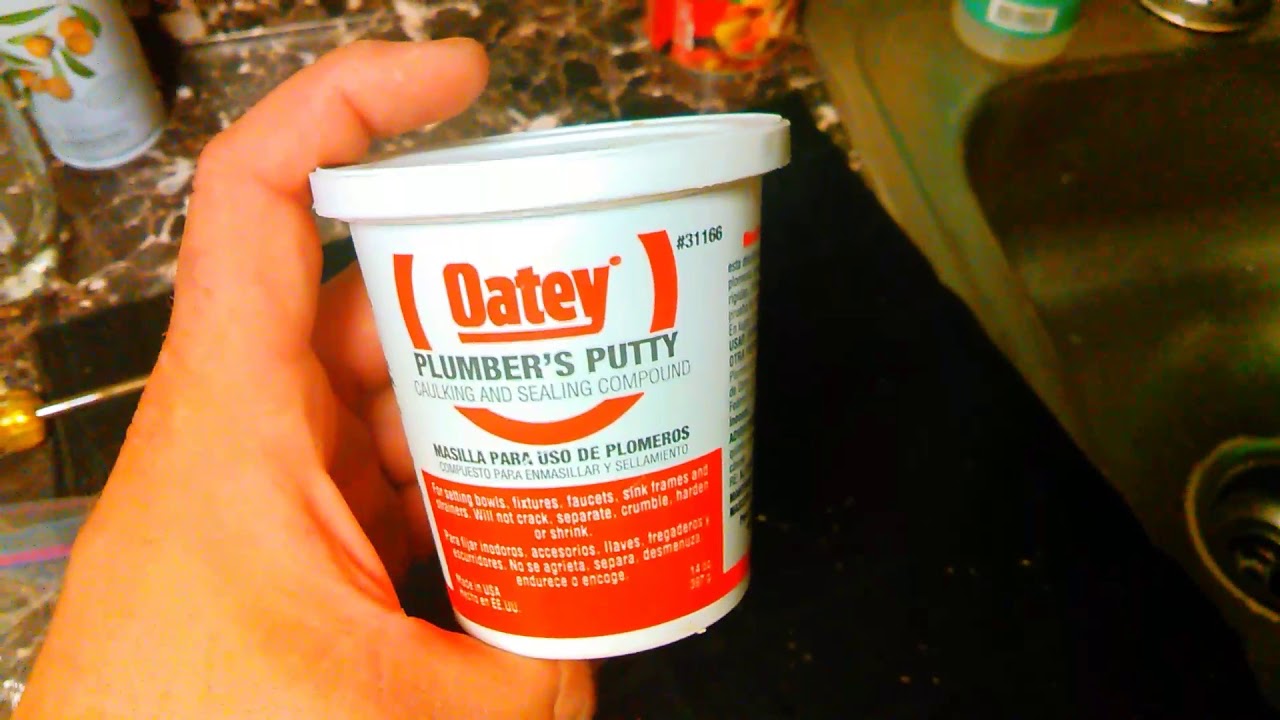Silicone caulk is a popular alternative to traditional kitchen sink caulk. It is made from a flexible, waterproof material that is resistant to mold and mildew. This makes it a great option for use in areas with high moisture, such as around sinks and countertops. Silicone caulk is also known for its strong adhesion, making it a reliable choice for sealing gaps and cracks in your kitchen sink. It can be applied easily with a caulk gun and comes in a variety of colors to match your sink or countertop. One advantage of silicone caulk is its long lifespan. It can last for many years without cracking or shrinking, making it a durable solution for your kitchen sink caulking needs.Silicone Caulk
Acrylic caulk is another popular option for kitchen sink caulking. It is water-based and easy to work with, making it a great choice for DIY projects. It is also available in a wide range of colors to match your sink or countertop. This type of caulk is known for its flexibility and can be used on both porous and non-porous surfaces. It also has a quick drying time, making it a convenient option for those who need to caulk their sink in a hurry. However, acrylic caulk may not be the best choice for areas with high moisture, as it is not as resistant to water as silicone caulk. It also has a shorter lifespan and may need to be replaced more frequently.Acrylic Caulk
Butyl rubber caulk is a heavy-duty option for kitchen sink caulking. It is a synthetic rubber compound that is known for its excellent adhesion and flexibility. This makes it a great choice for sealing large gaps and cracks in your sink. This type of caulk is also highly resistant to water, making it a reliable option for areas with high moisture. It can also withstand extreme temperatures and is resistant to UV rays, making it suitable for outdoor use as well. However, butyl rubber caulk can be difficult to work with and requires special tools for application. It also has a strong odor and may take longer to dry compared to other types of caulk.Butyl Rubber Caulk
Epoxy caulk is a two-part adhesive that is known for its strength and durability. It is made from a combination of resin and hardener and is commonly used for sealing joints and cracks in sinks and countertops. This type of caulk is highly resistant to moisture and can withstand high temperatures, making it suitable for use in kitchens and bathrooms. It also has a long lifespan and can last for many years without needing to be replaced. However, the application process for epoxy caulk is more involved and requires proper mixing of the two components. It also has a longer curing time, which may not be ideal for those who need to use their sink immediately after caulking.Epoxy Caulk
Polyurethane caulk is a versatile option for kitchen sink caulking. It is a durable, waterproof sealant that can be used on a variety of surfaces, including metal, wood, and concrete. It is also resistant to UV rays, making it suitable for outdoor use as well. One of the main advantages of polyurethane caulk is its flexibility. It can expand and contract with the natural movement of your sink, preventing cracks and gaps from forming over time. It is also resistant to mold and mildew, making it a great choice for areas with high moisture. However, polyurethane caulk can be difficult to work with and may require special tools for application. It also has a strong odor and may take longer to dry compared to other types of caulk.Polyurethane Caulk
Latex caulk is a popular option for kitchen sink caulking due to its affordability and ease of use. It is water-based and can be cleaned up easily with soap and water. It also comes in a variety of colors to match your sink or countertop. This type of caulk is best used for small gaps and cracks, as it is not as strong as other types of caulk. It is also not as resistant to moisture and may not be suitable for use in areas with high humidity or water exposure. Latex caulk is a good choice for those on a budget or for temporary caulking needs, but it may need to be replaced more frequently compared to other types of caulk.Latex Caulk
Sealant tape, also known as plumber's tape or Teflon tape, is a convenient alternative to traditional caulk. It is a thin, flexible tape that can be wrapped around the edges of your sink to create a watertight seal. This type of sealant is easy to use and does not require any special tools for application. It is also resistant to water and can be used in areas with high moisture. Additionally, it can be easily removed and replaced when needed. However, sealant tape may not be as durable as other types of caulk and may need to be replaced more frequently. It is also not suitable for large gaps or cracks and may not provide as strong of a seal compared to liquid caulk.Sealant Tape
Plumber's putty is a soft, pliable sealant that is commonly used for sealing sinks and drains. It is made from a combination of clay and mineral oils and is known for its waterproof and mold-resistant properties. This type of putty is easy to work with and can be molded to fit any shape or size of sink. It is also easy to remove and can be used multiple times. This makes it a great option for temporary caulking needs or for those who may need to remove and reapply the putty frequently. However, plumber's putty is not as strong as other types of caulk and may not be suitable for use in areas with high water exposure. It also has a longer curing time and may need to be left overnight to fully set.Plumber's Putty
Waterproof sealant is a versatile and durable alternative to traditional kitchen sink caulk. It is made from a variety of materials, such as silicone, acrylic, or polyurethane, and is designed to create a waterproof barrier between surfaces. This type of sealant is highly resistant to water and can withstand high temperatures, making it suitable for use in sinks, showers, and other areas with high moisture. It also has a long lifespan and can last for many years without needing to be replaced. However, waterproof sealant can be more expensive than other types of caulk and may require special tools for application. It also has a longer curing time and may not be suitable for immediate use of your sink.Waterproof Sealant
Silicone sealant is a popular option for kitchen sink caulking due to its flexibility and durability. It is made from a silicone-based material that is resistant to water, mold, and mildew. It is also easy to apply and comes in a variety of colors to match your sink or countertop. This type of sealant is known for its strong adhesion and can be used on a variety of surfaces, including metal, glass, and ceramic. It is also highly resistant to extreme temperatures and UV rays, making it suitable for outdoor use as well. However, silicone sealant can be difficult to remove once it has cured and may require special tools for application. It also has a longer curing time and may not be suitable for immediate use of your sink.Silicone Sealant
How to Upgrade Your Kitchen Sink Caulk: A Professional Guide

The Importance of Caulking in House Design
 When it comes to house design, every detail matters. From choosing the right paint color to picking out the perfect furniture, homeowners want their space to look and feel just right. But one important aspect of house design that is often overlooked is caulking, specifically around the kitchen sink.
Caulking is the process of sealing gaps and cracks around various surfaces in a home. It not only enhances the appearance of a room, but it also plays a vital role in preventing water damage and mold growth. And when it comes to the kitchen sink, proper caulking is crucial to maintaining a functional and visually appealing space.
When it comes to house design, every detail matters. From choosing the right paint color to picking out the perfect furniture, homeowners want their space to look and feel just right. But one important aspect of house design that is often overlooked is caulking, specifically around the kitchen sink.
Caulking is the process of sealing gaps and cracks around various surfaces in a home. It not only enhances the appearance of a room, but it also plays a vital role in preventing water damage and mold growth. And when it comes to the kitchen sink, proper caulking is crucial to maintaining a functional and visually appealing space.
The Downside of Traditional Caulking Methods
 Traditionally, silicone caulk has been the go-to option for sealing kitchen sinks. However, this method comes with its own set of drawbacks. Silicone caulk is messy and time-consuming to apply, and it requires special tools and expertise to achieve a smooth finish. Additionally, over time, silicone caulk can shrink and crack, allowing water to seep through and cause damage.
Fortunately, there is now a better alternative to traditional caulk for kitchen sinks: kitchen sink caulk alternatives.
These innovative products offer a more efficient and effective way to seal your kitchen sink, without the mess and hassle of traditional caulking methods.
Traditionally, silicone caulk has been the go-to option for sealing kitchen sinks. However, this method comes with its own set of drawbacks. Silicone caulk is messy and time-consuming to apply, and it requires special tools and expertise to achieve a smooth finish. Additionally, over time, silicone caulk can shrink and crack, allowing water to seep through and cause damage.
Fortunately, there is now a better alternative to traditional caulk for kitchen sinks: kitchen sink caulk alternatives.
These innovative products offer a more efficient and effective way to seal your kitchen sink, without the mess and hassle of traditional caulking methods.
The Benefits of Kitchen Sink Caulk Alternatives
 One major benefit of using kitchen sink caulk alternatives is the ease and speed of application.
Unlike traditional caulk, which requires a steady hand and precise application, caulk alternatives come in easy-to-use tubes with a built-in applicator, making the process quick and simple. This is especially helpful for those who are not experienced in caulking or DIY projects.
Another advantage of caulk alternatives is their durability. Many products on the market are specifically designed to withstand constant exposure to water and cleaning products, ensuring long-lasting results. They also come in a variety of colors to match your kitchen sink and can be easily removed and replaced when needed.
One major benefit of using kitchen sink caulk alternatives is the ease and speed of application.
Unlike traditional caulk, which requires a steady hand and precise application, caulk alternatives come in easy-to-use tubes with a built-in applicator, making the process quick and simple. This is especially helpful for those who are not experienced in caulking or DIY projects.
Another advantage of caulk alternatives is their durability. Many products on the market are specifically designed to withstand constant exposure to water and cleaning products, ensuring long-lasting results. They also come in a variety of colors to match your kitchen sink and can be easily removed and replaced when needed.
Upgrade Your Kitchen Sink Caulk Today
 In conclusion, when it comes to house design, even the smallest details can make a big difference. Properly sealing your kitchen sink with a caulk alternative not only enhances the appearance of your space but also protects it from potential water damage and mold growth. So why settle for messy and time-consuming traditional caulk when you can upgrade to a more efficient and effective solution? Consider using a kitchen sink caulk alternative for your next caulking project and enjoy a beautiful and functional kitchen for years to come.
In conclusion, when it comes to house design, even the smallest details can make a big difference. Properly sealing your kitchen sink with a caulk alternative not only enhances the appearance of your space but also protects it from potential water damage and mold growth. So why settle for messy and time-consuming traditional caulk when you can upgrade to a more efficient and effective solution? Consider using a kitchen sink caulk alternative for your next caulking project and enjoy a beautiful and functional kitchen for years to come.

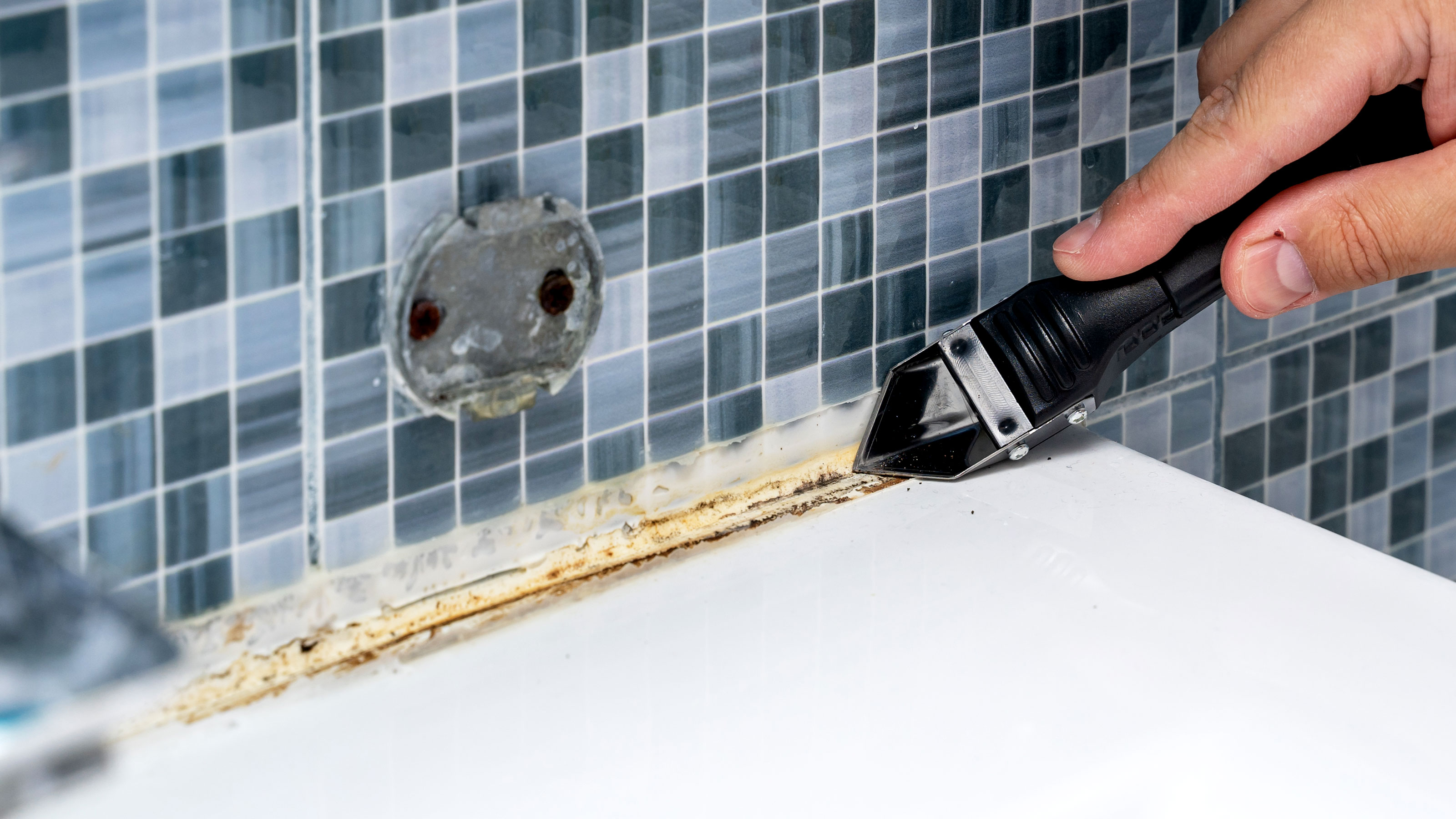
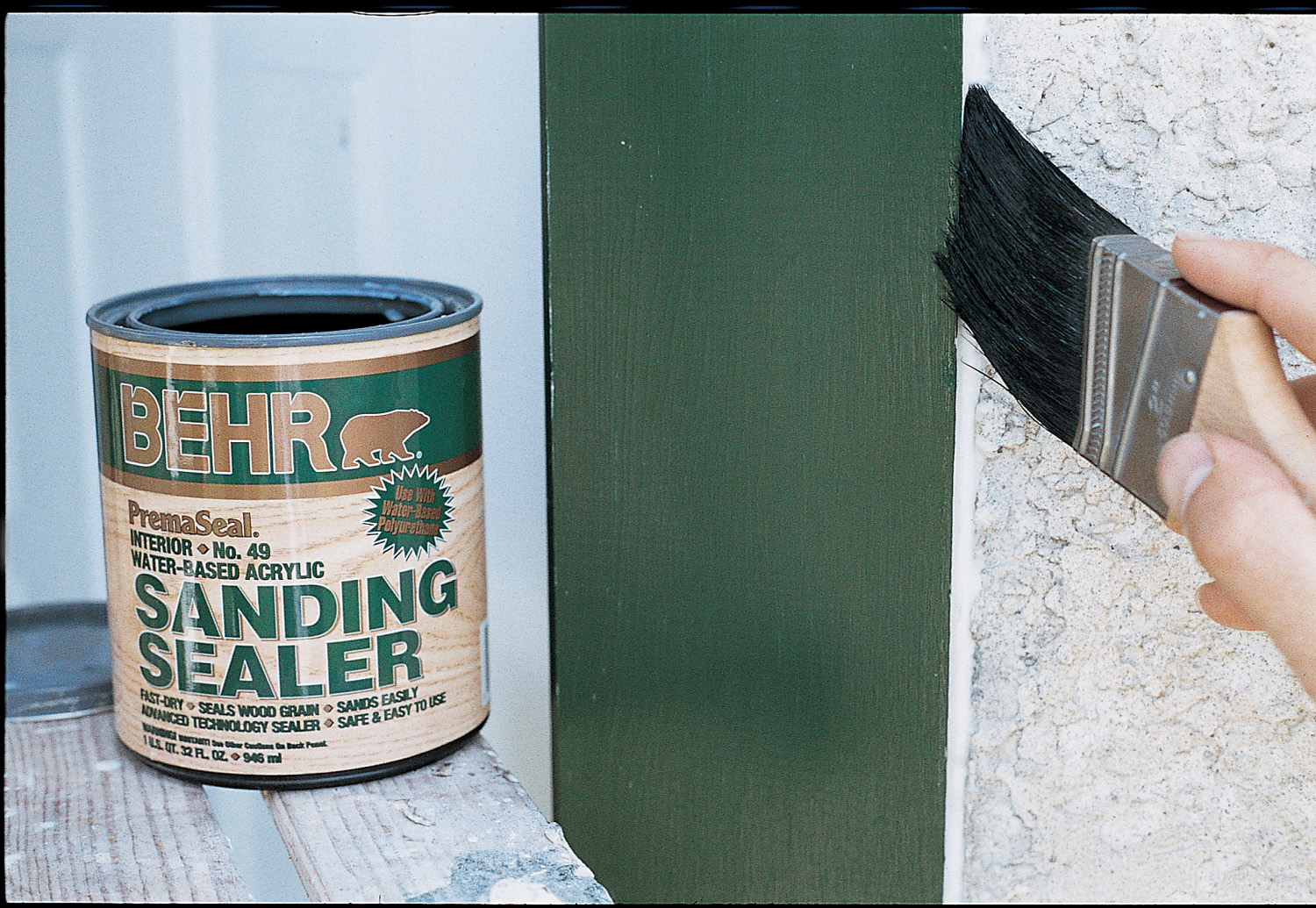




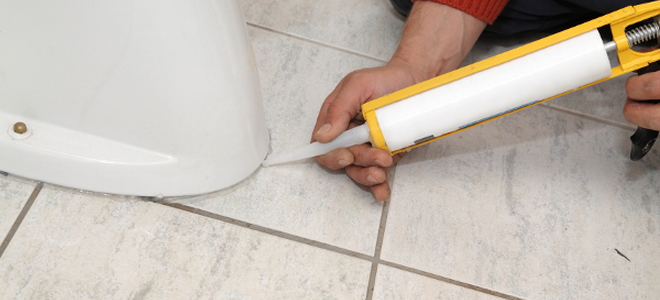





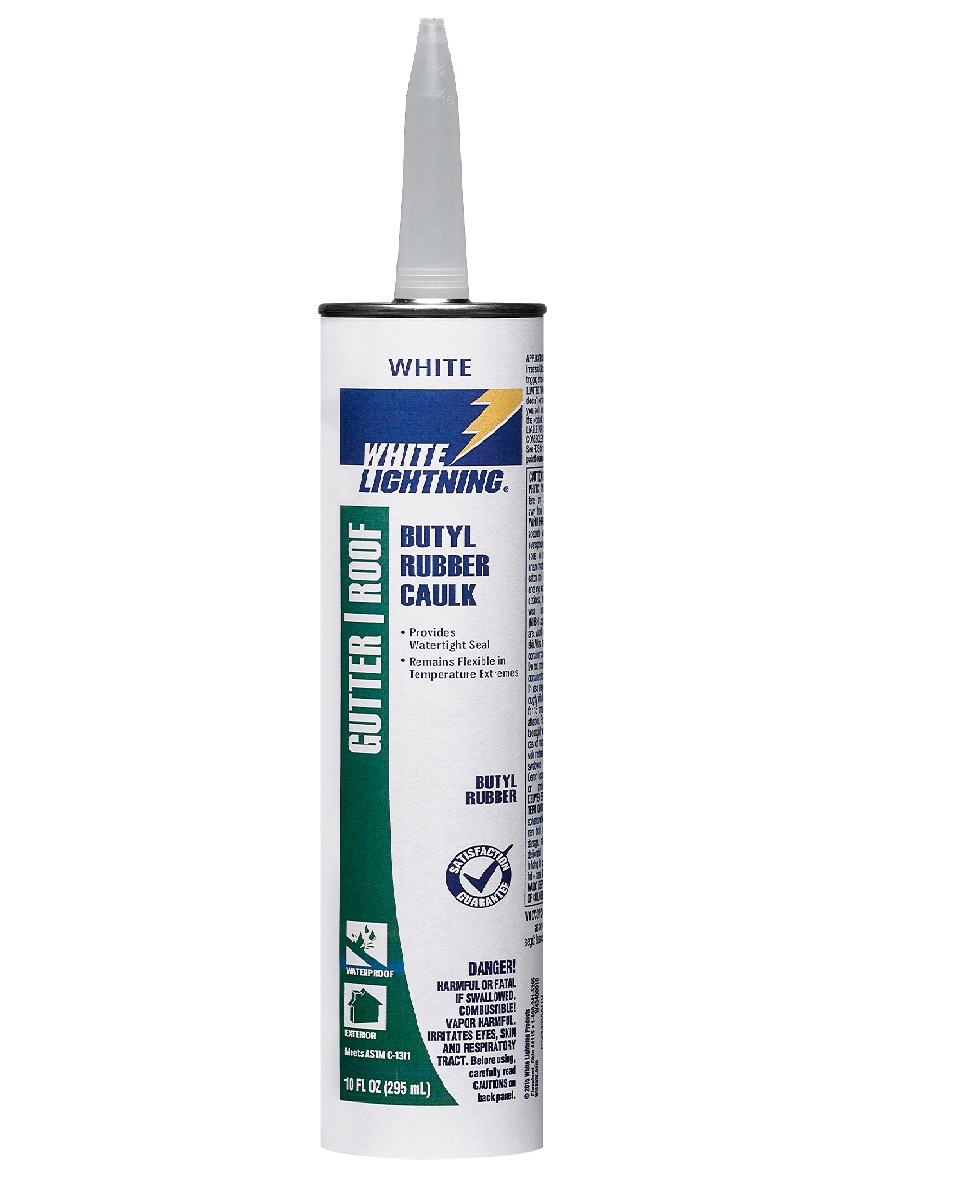














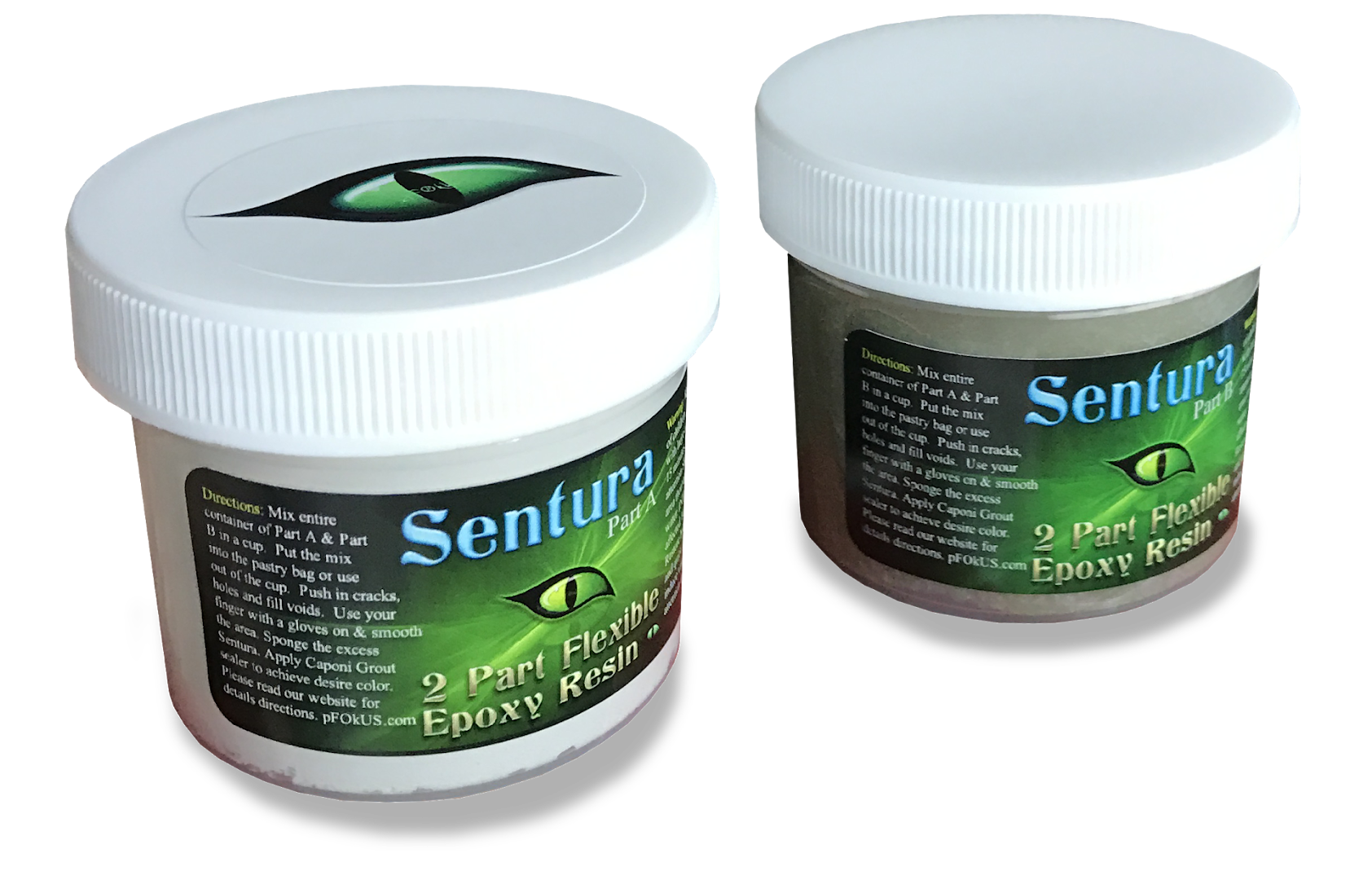





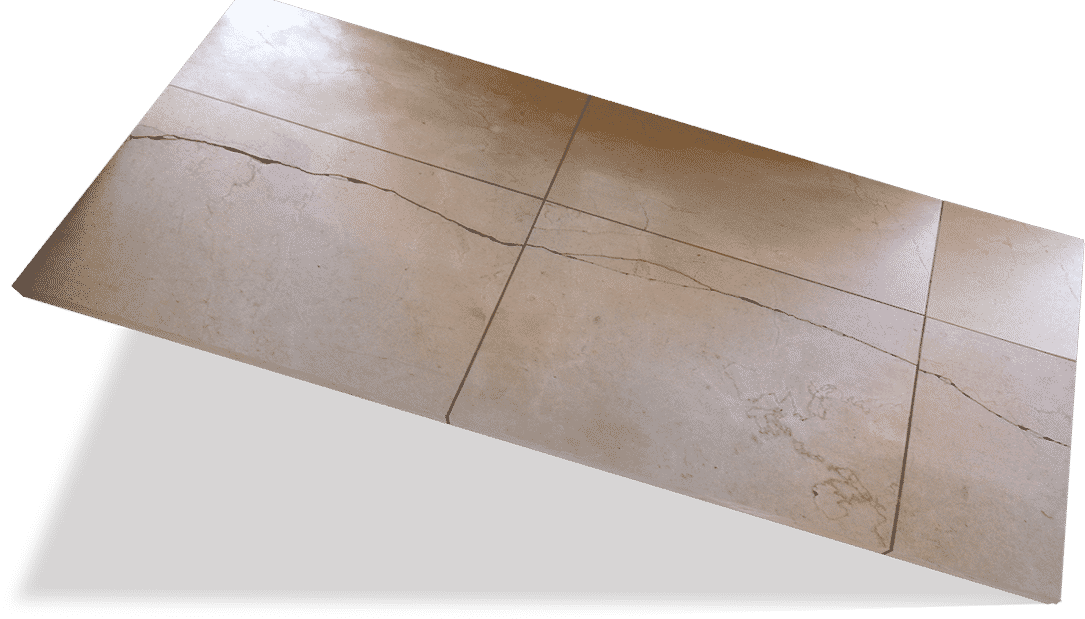






































/185313098-56a73c255f9b58b7d0e81636.jpg)




